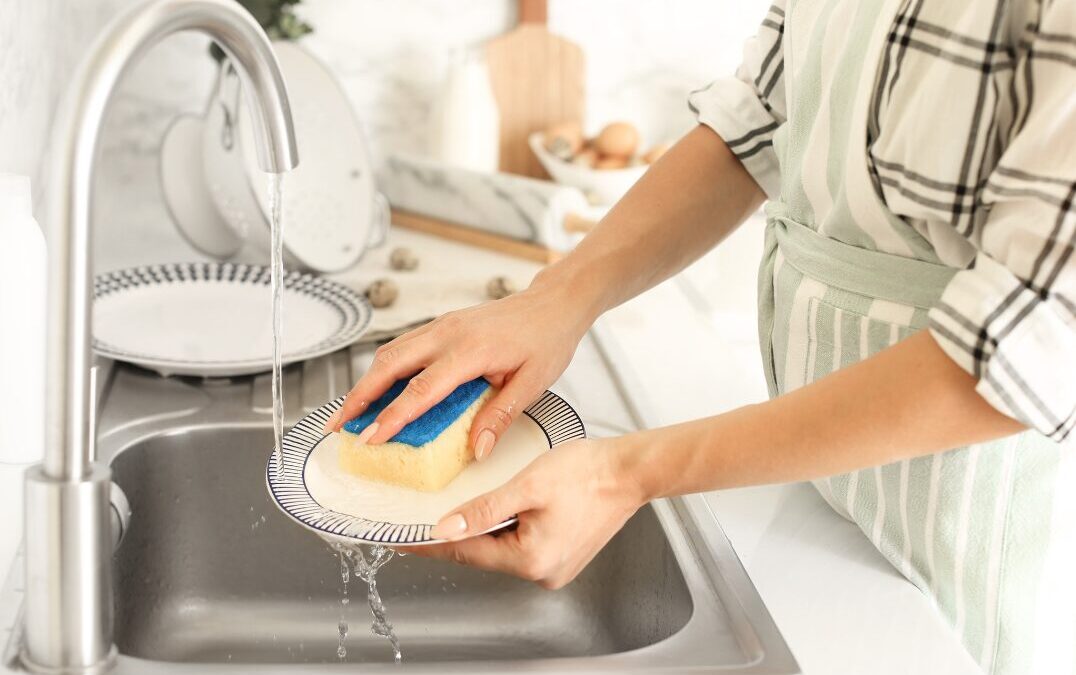In Colorado, a state where water is a critical yet finite resource, the challenge of managing water consumption becomes increasingly important as the population grows. As urban areas expand and agricultural demands persist, the pressure on Colorado’s water supplies intensifies. This article aims to equip homeowners with a comprehensive set of strategies designed to curb water usage within their homes and gardens. By adopting these measures, residents can play a vital role in safeguarding Colorado’s water for future generations, ensuring that the state’s ecosystems, communities, and industries can thrive amidst the challenges of limited water availability.
Understanding Colorado’s Water Landscape
Colorado’s semi-arid climate means water isn’t as abundant as the lush landscapes might suggest. The state’s water supply is under constant pressure from agricultural demands, growing urban populations, and the recreational needs of its residents and visitors. In such an environment, every drop counts, making water conservation not just a recommendation but a necessity for all Coloradans.
Indoor Water Conservation Tips
- Fix Leaks Promptly: A dripping faucet or a leaking toilet can waste hundreds of gallons of water a year. Regularly check your plumbing fixtures and address leaks as soon as they’re detected.
- Upgrade to Low-Flow Fixtures: Installing low-flow showerheads, faucets, and toilets can significantly reduce your home’s water usage. These fixtures have been designed to use less water without sacrificing performance, making them an ideal choice for eco-conscious homeowners.
- Be Smart About Appliance Use: Only run your dishwasher and washing machine with full loads. Consider upgrading to newer, more water-efficient models if your appliances are outdated. These machines use less water and energy, saving you money on utility bills while conserving precious resources.
- Embrace Water-Saving Habits: Simple changes in daily habits can have a big impact. Turn off the tap while brushing your teeth or shaving, and opt for showers over baths. When washing dishes by hand, use a basin or plug the sink instead of letting the water run.
Outdoor Water Conservation Techniques
- Xeriscaping: This landscaping method involves designing your garden with drought-tolerant plants native to Colorado. Xeriscaping reduces the need for irrigation, maintenance, and fertilizer, making your garden both beautiful and water-efficient.
- Efficient Irrigation: If you must water your lawn or garden, do so early in the morning or late in the evening to minimize evaporation. Consider installing a drip irrigation system or soaker hoses, which deliver water directly to the roots of plants, where it’s needed most.
- Rainwater Harvesting: Collecting rainwater in barrels or cisterns can provide an additional source of water for landscaping needs. It’s a simple, cost-effective way to make the most of the rain that falls on your property.
- Lawn Care: Opt for a smaller lawn area, replacing grass with ground covers or gravel that require no watering. For the lawn you do have, mow at a higher setting to encourage deeper root growth and retain soil moisture.
The Role of Community in Water Conservation
Water conservation is not just an individual effort; it’s a community-wide endeavor. By sharing resources, knowledge, and successes, neighborhoods can inspire each other to take action. Community gardens, educational workshops, and water conservation challenges are great ways to engage and motivate residents to save water.
Conclusion
In Colorado, where water is as valuable as the scenic landscapes, taking steps to conserve this vital resource is essential. By adopting water-saving practices inside and outside the home, residents can contribute to a sustainable future for the state. As we adjust our habits and make conscious choices about water use, we ensure that Colorado remains a thriving, vibrant place for generations to come.



